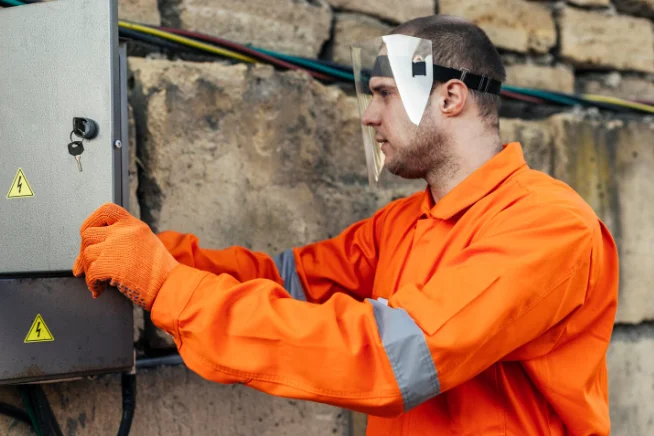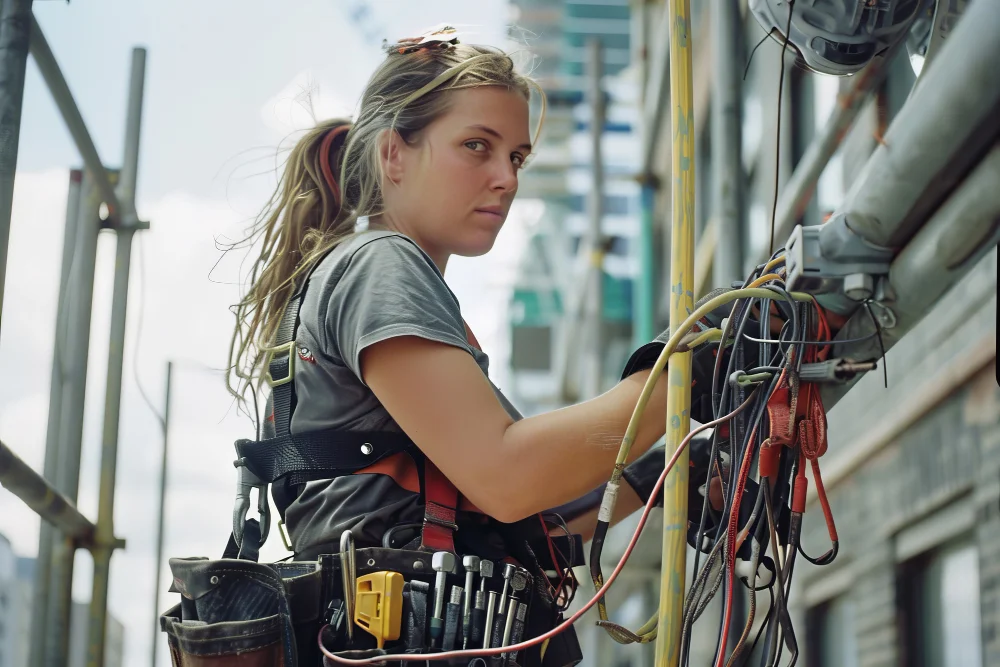When it comes to protecting electrical equipment, enclosures play a critical role. The National Electrical Manufacturers Association (NEMA) has developed a standardized rating system that classifies enclosures according to their ability to withstand environmental hazards. These enclosures are widely used in residential, commercial, and industrial settings to safeguard sensitive electrical components.
Each NEMA type is designed for specific conditions, from simple indoor use to harsh outdoor and corrosive environments. Understanding these types helps ensure safety, equipment longevity, and cost efficiency.
What Is a NEMA Enclosure?
A NEMA Enclosure is a cabinet or housing designed to protect electrical components such as circuit breakers, control panels, and wiring. The NEMA rating defines the level of protection an enclosure provides against hazards like dust, water, ice, oil, or corrosion.
For example, some enclosures are built for dry indoor environments, while others are engineered to survive heavy washdowns or even full submersion in water. This rating system makes it easier to choose the right enclosure for a specific application.
Why NEMA Standards Are Important
NEMA standards are more than just technical codes. They provide clear guidance that ensures:
- Consistent protection across different environments and industries.
- Safety for workers and property by reducing risks of electrical contact.
- Durability and reliability of electrical systems under stress.
- Lower maintenance costs by minimizing equipment damage from environmental factors.
In short, using the right enclosure keeps operations running smoothly and safely.
Common NEMA Enclosure Types
There are over 20 different NEMA enclosure types, but a few are used most frequently in everyday applications. Below are the most common types, their features, and the practical benefits they bring.
NEMA 1 – Basic Indoor Protection
NEMA 1 enclosures are designed for general-purpose indoor use. They provide protection against accidental contact with live electrical parts and limited amounts of falling dirt.
Benefits:
- Affordable and easy to install.
- Prevents accidental shocks in controlled environments.
- Suitable for areas where dust and moisture are minimal.
Applications: Offices, schools, apartment buildings, and light industrial settings where equipment is kept indoors and away from environmental stress.
NEMA 3R – Outdoor Weather Resistance
NEMA 3R enclosures are built for outdoor use. They protect against falling rain, snow, and sleet, but they are not fully sealed against dust. Many include ventilation to prevent condensation inside the cabinet.
Benefits:
- Provides reliable protection in outdoor conditions.
- Prevents water ingress during storms and icy weather.
- Cost-effective option for exterior electrical panels.
Applications: Outdoor power distribution panels, rooftop equipment, and lighting control systems.
NEMA 4 – Watertight and Dust-Tight
NEMA 4 enclosures provide protection against hose-directed water, splashing liquids, and windblown dust. They are also resistant to external ice formation.
Benefits:
- Suitable for areas where equipment may be sprayed or hosed down.
- Keeps dust and debris out, ensuring reliable performance.
- Provides greater protection than 3R in both indoor and outdoor settings.
Applications: Food processing plants, breweries, and industrial washdown areas.
NEMA 4X – Corrosion-Resistant Protection
NEMA 4X offers all the benefits of NEMA 4 with added resistance to corrosion. These enclosures are usually made of stainless steel or non-metallic materials, making them ideal for environments where chemicals, saltwater, or harsh cleaning agents are present.
Benefits:
- Extended equipment life in corrosive or marine conditions.
- Reduces maintenance caused by rust or material degradation.
- Meets hygiene requirements for industries like food and pharmaceuticals.
Applications: Marine docks, wastewater treatment facilities, chemical plants, and commercial kitchens.
NEMA 6 – Submersion Protection
NEMA 6 enclosures are designed to withstand occasional submersion in water. They are watertight and dust-tight, offering strong protection in demanding environments.
Benefits:
- Provides peace of mind in flood-prone areas.
- Protects underground or submerged electrical equipment.
- Ensures critical systems remain safe during temporary submersion.
Applications: Underground utility boxes, outdoor pits, and water treatment operations.
NEMA 6P – Prolonged Submersion and Corrosion Resistance
NEMA 6P offers all the advantages of NEMA 6 with enhanced protection for prolonged submersion and added corrosion resistance.
Benefits:
- Reliable in harsh environments with continuous water exposure.
- Resistant to rust and chemical corrosion.
- Ideal for industries where downtime is unacceptable.
Applications: Marine applications, oil rigs, and submerged pump control systems.
NEMA 12 – Industrial Dust Protection
NEMA 12 enclosures are intended for indoor use in industrial environments. They protect against circulating dust, dirt, falling debris, and dripping non-corrosive liquids.
Benefits:
- Keeps sensitive electronics safe from airborne contaminants.
- Reduces downtime caused by clogged or dirty equipment.
- Provides a clean environment for manufacturing processes.
Applications: Factories, assembly lines, and packaging plants.
NEMA 13 – Oil and Coolant Resistance
NEMA 13 enclosures provide the same protection as NEMA 12 but also guard against oil and coolant splashes. They are designed for heavy-duty manufacturing environments where fluids are frequently present.
Benefits:
- Extends the lifespan of electrical systems in machining areas.
- Protects against leaks and splashes from lubricants or coolants.
- Reduces maintenance costs in fluid-heavy industries.
Applications: CNC shops, metalworking facilities, and mechanical rooms.
Benefits of Choosing the Right NEMA Enclosure
Selecting the correct NEMA enclosure is an investment in safety and reliability. Some of the key advantages include:
- Enhanced Safety: Protects workers and property from accidental electrical contact.
- Durability: Extends equipment life by shielding against environmental hazards.
- Cost Savings: Reduces repair and replacement costs by preventing damage.
- Regulatory Compliance: Meets industry standards and building codes.
- Operational Reliability: Ensures electrical systems continue working in harsh conditions.
How to Choose the Right NEMA Enclosure
When selecting an enclosure, it’s important to consider the environment, the type of equipment being protected, and the level of protection required. Key factors include:
- Indoor vs. Outdoor Use: Indoor enclosures don’t always hold up outdoors.
- Exposure to Water or Dust: Higher NEMA ratings provide stronger protection.
- Material Selection: Stainless steel, fiberglass, or polycarbonate may be needed in corrosive environments.
- Maintenance Needs: Choose enclosures that allow easy access for service.
- Budget Considerations: Balance cost with the level of protection required.
Final Thoughts
NEMA enclosures are a critical part of electrical system design. Each type is engineered to provide specific levels of protection, from basic indoor safety to full submersion resistance. By understanding these classifications, businesses and homeowners can select enclosures that ensure safety, reliability, and long-term value.
Whether you need simple indoor housing for office equipment or heavy-duty protection for industrial machinery in harsh environments, there is a NEMA enclosure designed for the job. Choosing wisely not only keeps systems running smoothly but also saves money and enhances safety for years to come.


